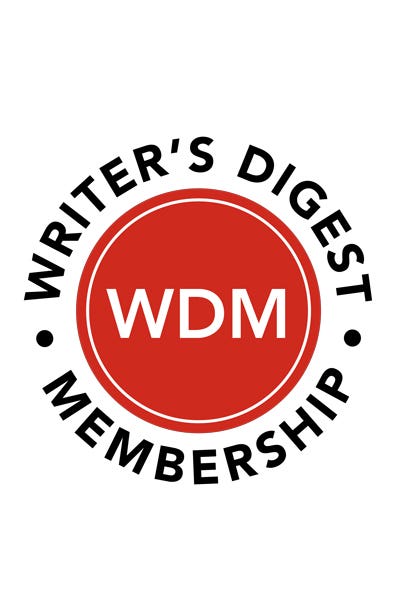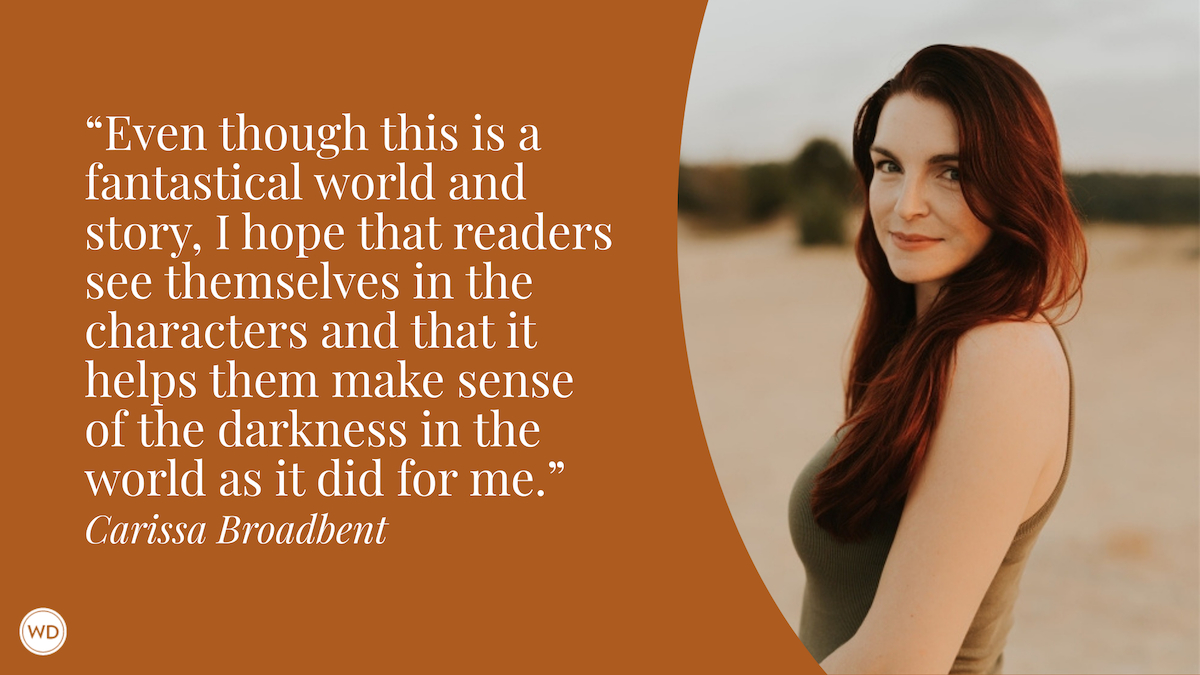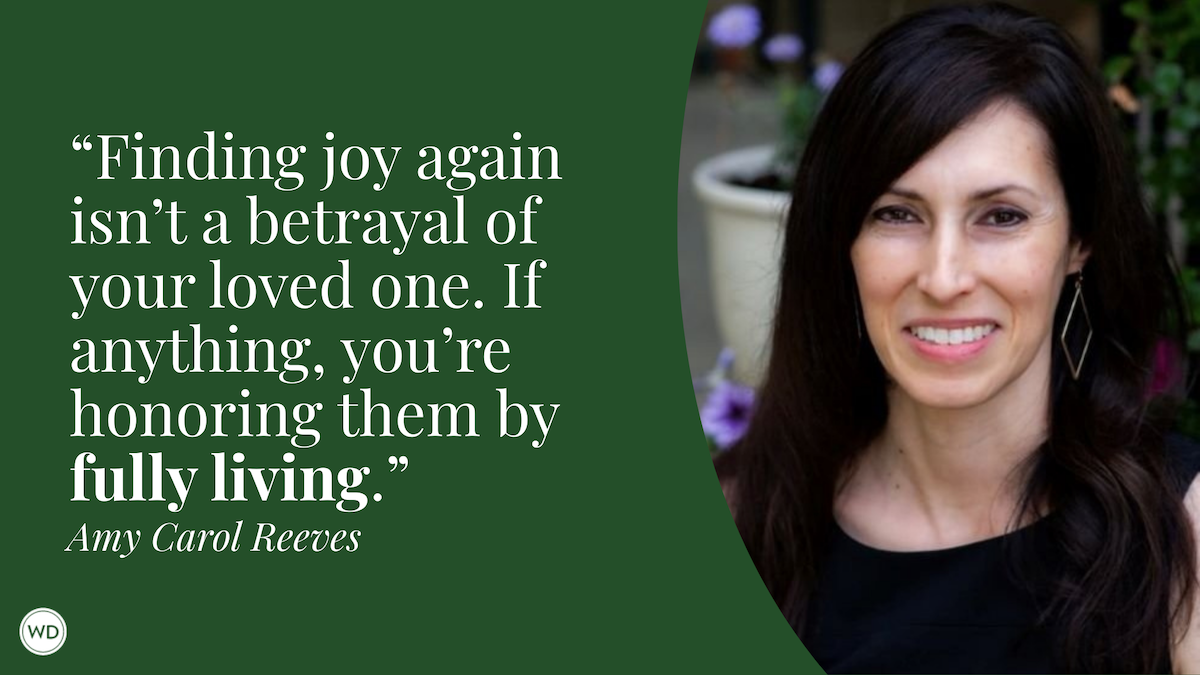10 Things Writers Should Consider When Writing About Gender Identity
Author-illustrator Andy Passchier shares 10 things writers should consider when writing about gender identity.
1. Sex and gender are not the same thing. When a person is born, doctors assign them a sex, usually male or female, depending on a combination of external characteristics and internal genetics. Even within the two strict categories of male and female, there are infinite variations, and some people fall outside of these groups entirely and are born intersex. Science is far less clear cut and rigid than we were led to believe in our high school biology class, making arguments about the existence of only two sexes (and therefore two genders) entirely inaccurate.
2. Someone’s gender identity can be different from what they were assigned at birth. For example, a trans man may have been assigned female at birth but feel much more aligned with being a man. Your gender is how you perceive yourself, how you’d like other people to see you and speak to you, how you relate to societal perceptions of masculine and feminine, how you’d like to navigate the world around you. It’s an abstract concept and therefore very personal to each individual.
3. Gender expression is how somebody chooses to reflect their gender identity on the outside. How you perceive a person is often based on your own internalized ideals and issues surrounding gender, so don’t assume your assumptions are accurate. When in doubt, it’s always polite to ask someone’s pronouns, or introduce yourself with your own!
4. When it comes to language surrounding gender identity, everyone’s definition of a particular word will be personal. It’s okay to do general research to get a better understanding of a certain term or identity, but in the end it’s probably best to have a conversation with the person whose identity you’re trying to get a grasp on. What “non-binary” means to one person may not be what it signifies to someone else. The beauty of gender is that we can each make of it what feels the best and most comfortable to us!
5. Trans and non-binary identities are not a new phenomenon. They have existed all around the globe for hundreds of years. Colonialism and white supremacist ideas have damaged many of these cultures, leading us to believe that the rules of our Western society and subsequently the gender binary are superior in some way. An important example on our own North American continent is indigenous two spirit people. Two spirit is an identity specific to indigenous culture, so if a person is not indigenous they should not use this term.
6. Language around gender and identities is going to keep changing over time, and that’s awesome! The beauty of language is that it’s fluid and can adapt to our modern needs. Just think about all the new words we’ve come up with to describe technological advancements over the last few decades, or the ever-evolving slang that continuously emerges in popular culture. As we discover more about ourselves, our society, and how the current binary systems may not suit us, new terminology can develop to accommodate those realizations.
7. Pronouns are important! When writing a trans or non-binary character, make sure to be consistent with their pronouns, even when referring to them before they came out. In that same vein, do not refer to a period of someone’s life as “before they were trans” or “when they used to be a boy/girl.” A trans person has always been trans and has always been the gender they feel most aligned with, even though they may not have known it at the time.
Order Gender Identity for Kids by Andy Passchier today.
8. Center trans narratives at all times. We’re able to tell our own stories best. If you’re cisgender yourself, try consulting a trans or non-binary person before writing your character, or consider hiring them as a collaborator. Pay people fairly for their labor; educating others about a subject that is as personal as your own identity takes a lot of emotional energy.
9. If you’re writing a gender diverse character, make sure their gender identity isn’t the only quality they have that sets them apart. Trans and non-binary people have depth, personality traits, hobbies, quirks, and likes and dislikes just like any other person. Make sure your trans characters are fully fleshed out and interesting, not just tokenized for diversity points.
10. Consider familiarizing yourself with trans history and trailblazers. The Stonewall riots, the event that is often named as the catalyst for the LGBTQ+ rights movements, were started by two trans women of color: Marsha P. Johnson and Sylvia Rivera. Many other trans and non-binary individuals and activists played an important role in the movement, but their influence was downplayed and forgotten over time. Great books to read are Transgender History, by Susan Stryker, and Transgender Warriors, by Leslie Feinberg.
Andy Passchier (they/them) is a trans nonbinary illustrator originally from the Netherlands and currently based in the USA. In their work, they focus on diversity, inclusivity, and advocacy for LGBTQIA+ topics. They have illustrated several children's books regarding love, family, gender identity, and pronouns, with Gender Identity for Kids being the first book they both wrote and illustrated. Outside of illustrating, they enjoy hanging with their cats, playing D&D, video games, Halloween, and shows about aliens.









